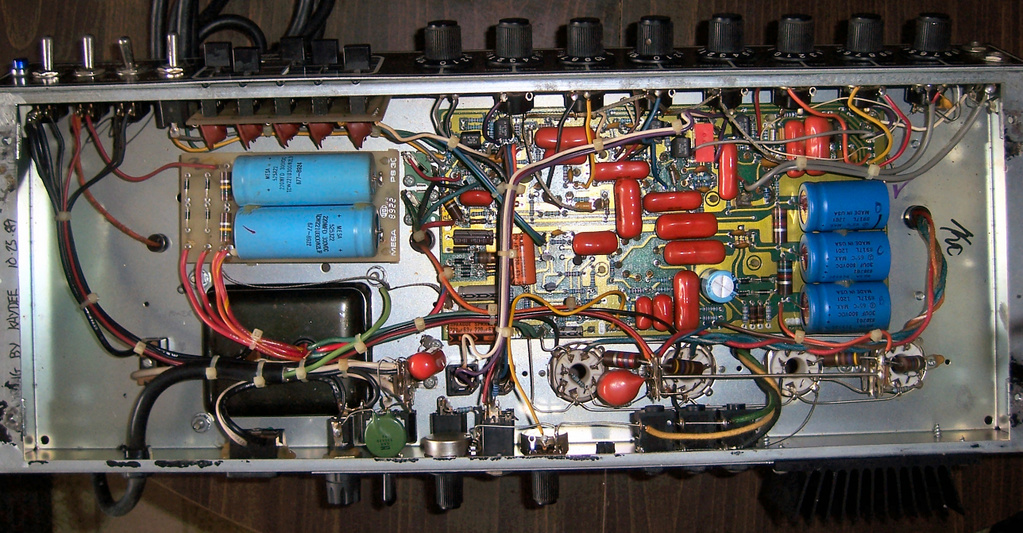some_dude
Raging BB Gunologist
Re: tell me about the Single Recto
In fairness, I believe the purpose using ribbon cable is that it keeps the wiring neater and ensures all the wires stay parallel to each other. Most Mesa amps are complicated enough that the last thing that they need are clusters of wires running everywhere.
Again, it comes down to choosing an amp based on it's sound rather than some perception based on looks rather than function.
In fairness, I believe the purpose using ribbon cable is that it keeps the wiring neater and ensures all the wires stay parallel to each other. Most Mesa amps are complicated enough that the last thing that they need are clusters of wires running everywhere.
Again, it comes down to choosing an amp based on it's sound rather than some perception based on looks rather than function.
Last edited:



